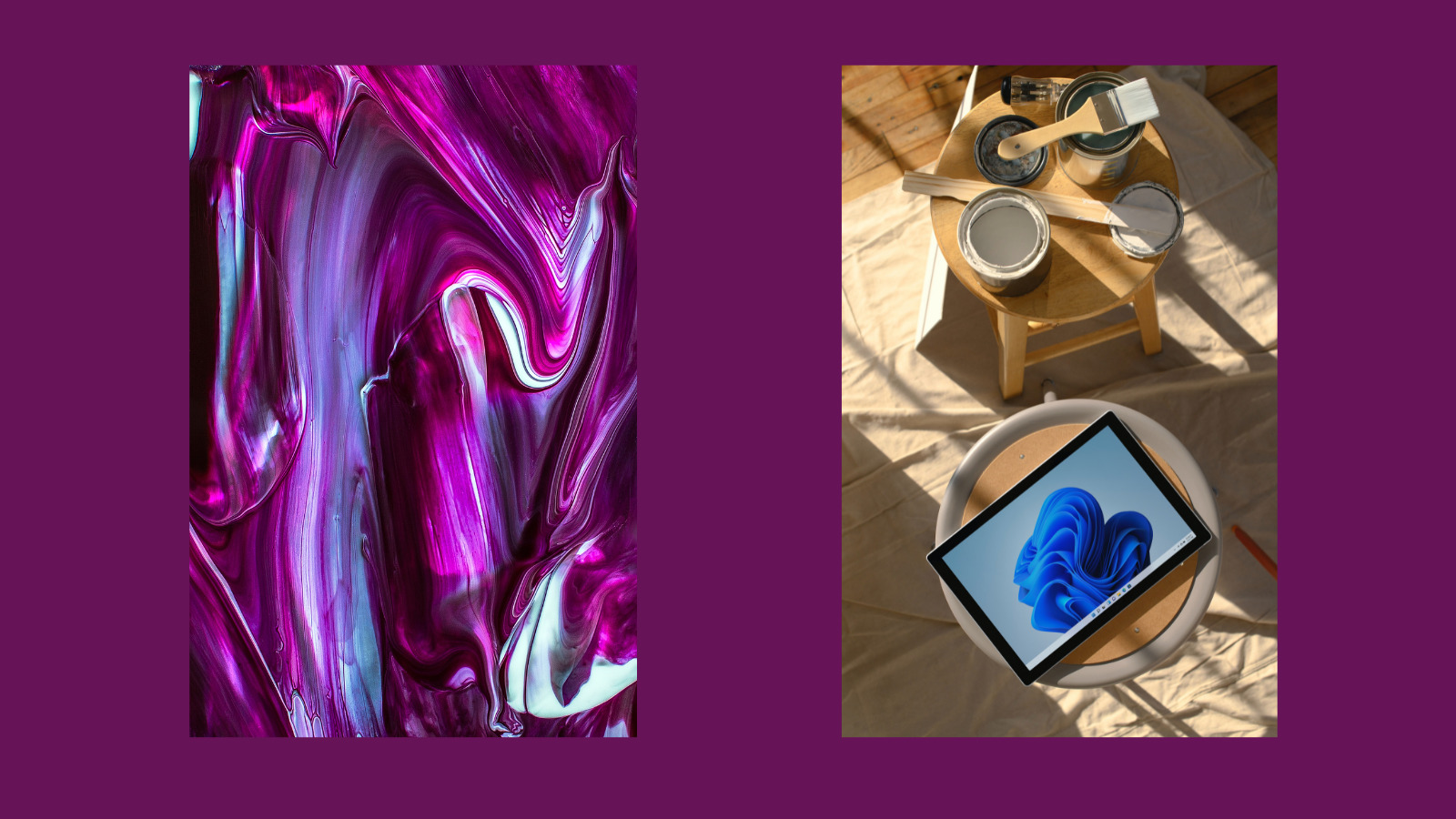
04 May Mastering the Mind: How Art and Tech are Revolutionising Mental Health
Art and technology are two powerful tools that can help improve mental health. While they may seem like opposite ends of the spectrum, they can actually work together to provide a wide range of benefits for those struggling with mental health issues.
Art therapy is a well-established practice that has been used for many years to help individuals express themselves and explore their emotions through various forms of art. It can be particularly effective for those who have difficulty communicating their feelings through traditional means, such as talking or writing. Through the creation of art, individuals can access and work through complex emotions in a safe and supportive environment. Art therapy has been shown to be effective in treating a wide range of mental health issues, including depression, anxiety, trauma, and substance abuse.
Technology can also play a crucial role in improving mental health. There are many digital tools and apps available that can help individuals manage their mental health, such as meditation and mindfulness apps, mood-tracking apps, and virtual therapy sessions. These tools can be accessed from anywhere at any time, making them a convenient and accessible option for those who may not have access to traditional therapy or support.
Moreover, technology can be used in conjunction with art therapy to create even more opportunities for individuals to explore their emotions and improve their mental health. Virtual reality (VR) technology, for example, can create immersive environments that allow individuals to create and interact with art in new and unique ways. It can provide a sense of escapism and allow individuals to explore their creativity in a safe and supportive environment.

Digital art forms can provide individuals with new ways to express themselves and explore their emotions. Digital art can include various forms of art such as digital painting, graphic design, animation, and video art. Here are a few ways in which digital art can improve well-being:
- Promotes creativity: Creating digital art can help individuals develop their creativity and imagination. It can also provide an outlet for self-expression, which can be especially helpful for individuals who have difficulty expressing themselves through traditional means such as talking or writing.
- Reduces stress and anxiety: Engaging in digital art can help reduce stress and anxiety levels. According to a study published in the Journal of Art Therapy, creating art can help decrease levels of cortisol, a hormone associated with stress, and increase levels of oxytocin, a hormone associated with relaxation and well-being.
- Provides a sense of accomplishment: Completing a digital art project can provide individuals with a sense of accomplishment and boost their self-esteem. It can also provide a distraction from negative thoughts and emotions, helping individuals to focus on something positive.
- Increases social connections: Sharing digital art online can help individuals connect with others who have similar interests or experiences. This can be especially important for individuals who may feel isolated due to their mental health issues.
- Accessible and convenient: Digital art forms are often more accessible and convenient than traditional art forms. They can be created and shared from anywhere with an internet connection, making them a great option for individuals who may not have access to traditional art supplies or studios.
 In a survey conducted by Artsy, 79% of respondents reported that engaging in art improved their overall well-being. Moreover, a study published in the Journal of Medical Internet Research found that the use of a digital art tool improved the quality of life and psychological well-being of individuals with chronic pain.
In a survey conducted by Artsy, 79% of respondents reported that engaging in art improved their overall well-being. Moreover, a study published in the Journal of Medical Internet Research found that the use of a digital art tool improved the quality of life and psychological well-being of individuals with chronic pain.
I personally love to use Art therapy as my own method of improving my well-being and I find it to be incredibly helpful in managing my own emotional state. I enjoy using art as a way to express myself and explore my feelings, whether that be through drawing, painting, or any other form of artistic expression. Art therapy allows me to tap into my creativity and connect with my emotions on a deeper level, helping me to process and understand them in a more meaningful way. By using art as a tool for self-expression and reflection, I am able to reduce stress and anxiety, increase my self-awareness, and gain a greater sense of inner peace and clarity. Art therapy has become an essential part of my self-care routine, and I highly recommend it to anyone looking to improve their mental health and well-being.
Art and technology can also be used to raise awareness about mental health and reduce the stigma surrounding mental illness. Through social media and other digital platforms, individuals can share their art and personal stories to help others understand the impact of mental health issues and break down barriers to seeking help.
Overall, art and technology have the potential to play a significant role in improving mental health. Whether used separately or in conjunction with each other, these tools can provide a safe and supportive environment for individuals to explore their emotions and improve their mental well-being. By harnessing the power of art and technology, we can help individuals lead healthier and happier lives.

